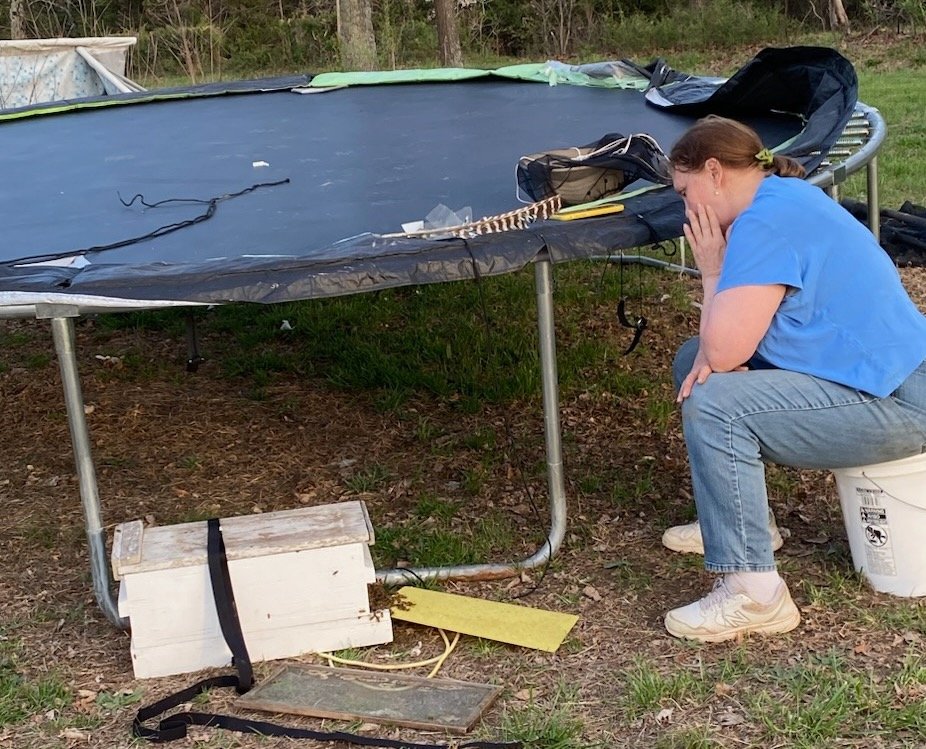First Spring Bee Pollen Source
/This year, I found my first dandelion blooming mid-January 2017, a new early record.
First Spring Bee Pollen Source
Seed and plant catalogs are piling up on my coffee table, some extolling yet again the virtues of their new plant offerings as bee and pollinator food sources.
People want to help pollinators. It's a very romantic concept to some, the idea of "saving" a species by planting flowers. I certainly rank among them. I have contended all along that we need more flowers and less grass, although my brothers will tell you I haven't met a flower I didn't like. When they were growing up in southern Illinois and had grass-mowing duty, it was a challenge for them to trim the green plants and yet not mow down all of the blooming weeds I loved. We compromised and had a neatly-trimmed green center with paths along the edges lined with "weed patches." I preferred to call them the more dignified cottage gardens. Consider it one of the few - well, ok, one of the many - big sister privileges.
One of the flowers I loved finding even then was the first dandelion. The sunny color, especially when the flower was growing tall and reaching for the sun, was the epitome of a sunny spring day. When the flower turned to the puffy seed ball, even better, I loved nothing more than to carefully pick the stem and gently blow the seeds into the wind.
I suspect I just gave someone a heart attack. That is what comes from not growing up in North America and being taught dandelions are evil weeds. As a matter of fact, dandelions are a perennial herb, once highly prized for their medicinal qualities. Even today in some cultures they are still appreciated, not just for their varied health benefits but in cooking, especially the young spring greens for specialty salads.
For beekeepers, dandelions are also a great harbinger of spring. They are usually among the first spring sources of pollen for bee colonies raising young. A beekeeping friend and I even joke about the various seasons with spring being BD, before dandelions and AD, after dandelions.
This year, I am not sure what the USDA zone 5b growing season will be. It's been a record mild winter so it's anyone's guess about what the new growing season will bring. So far, we are two months ahead of schedule, with my bees raiding my bird feeders for the cracked corn dust for a pollen substitute for baby food.
A couple of days ago, the raiding stopped but the honeybees were still packing in pollen. I suspect they found real pollen from flowering oak trees and dandelions. Although it's early, I made a note. I didn't have to buy any plants or seeds; the dandelions must once again be blooming somewhere, taking care of themselves quite nicely, and now taking care of my bees.
They are still my kind of plant.
Charlotte












